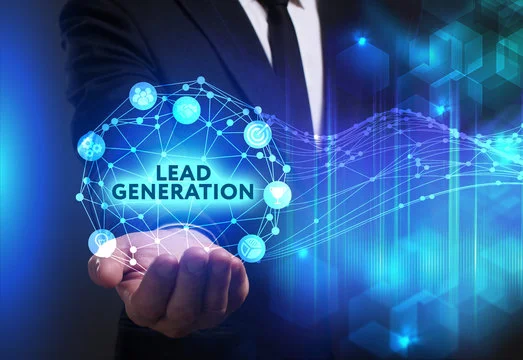AI-Powered Lead Scoring and Segmentation: Transforming Sales and Marketing

In today's fast-paced digital landscape, businesses are flooded with leads from multiple sources—websites, social media, email campaigns, and events. However, not all leads are created equal. Some are ready to buy, while others need nurturing or are simply not a good fit. This is where AI-powered lead scoring and segmentation come into play, revolutionizing how companies prioritize prospects and tailor their marketing strategies.
What Is Lead Scoring and Segmentation?
Lead scoring is the process of assigning a value or "score" to each lead based on their likelihood to convert into a customer. This score typically considers factors such as demographics, behavior, engagement level, and company fit.
Segmentation, on the other hand, involves categorizing leads into specific groups based on shared characteristics, such as industry, job title, location, or buying intent. Segmentation allows for more personalized communication and targeted marketing campaigns.
Traditionally, these processes have been manual or rules-based, often leading to inconsistencies and inefficiencies. AI changes this by automating and optimizing both scoring and segmentation with greater precision and scalability.
How AI Enhances Lead Scoring
AI-powered lead scoring uses machine learning algorithms to analyze historical data from previous leads and customers. It identifies patterns and predicts which new leads are most likely to convert. Here’s how it improves the process:
-
Predictive Modeling: AI evaluates numerous variables—beyond what humans can manually analyze—to determine the most predictive factors of conversion. These might include how often a lead visits a website, the content they interact with, their responses to emails, or the size and revenue of their company.
-
Real-Time Scoring: Unlike static, rules-based systems, AI continuously updates lead scores as new information becomes available. If a lead suddenly starts opening emails and visiting pricing pages, their score adjusts in real time.
-
Data Enrichment: AI tools can automatically enrich lead profiles with external data sources (e.g., LinkedIn, firmographics, news articles), improving accuracy and providing deeper insights.
The Power of AI in Segmentation
Segmentation becomes far more dynamic and granular with AI. Instead of grouping leads into broad buckets, AI can identify micro-segments that share subtle behavioral or demographic traits. Key advantages include:
-
Behavioral Clustering: AI analyzes engagement patterns to segment leads based on actions rather than assumptions. For example, it may identify a segment of users who frequently watch product demos but don’t download whitepapers—indicating a different buyer journey.
-
Intent Prediction: Natural Language Processing (NLP) and sentiment analysis allow AI to determine intent from written communication—emails, chats, and social posts. This can guide segmentation by readiness to buy.
-
Adaptive Campaigns: With better segmentation, marketers can design personalized campaigns that adapt to each lead's journey. AI can even suggest the best content or time to send messages for each segment.
Business Benefits
Implementing AI-powered lead scoring and segmentation delivers tangible benefits across sales and marketing:
-
Higher Conversion Rates: By focusing efforts on high-quality leads, teams can increase conversions without increasing effort or cost.
-
Improved Sales and Marketing Alignment: Sales receives better-qualified leads, while marketing gains insights into what types of leads are most effective.
-
Increased Efficiency: AI automation reduces the time spent manually evaluating leads, freeing up teams to focus on strategy and engagement.
-
Better Customer Experiences: More relevant messaging and personalized outreach lead to stronger relationships and higher customer satisfaction.
Final Thoughts
AI-powered lead scoring and segmentation are no longer futuristic concepts—they are essential tools in modern marketing and sales. By leveraging the predictive and analytical capabilities of AI, businesses can identify the right prospects, engage them more effectively, and ultimately drive more revenue with less waste. As AI technologies continue to evolve, the companies that adopt and integrate them strategically will be the ones that stay ahead of the competition.
Read more: https://intentamplify.com/
- Art
- Causes
- Crafts
- Dance
- Drinks
- Film
- Fitness
- Food
- Juegos
- Gardening
- Health
- Home
- Literature
- Music
- Networking
- Other
- Party
- Religion
- Shopping
- Sports
- Theater
- Wellness




